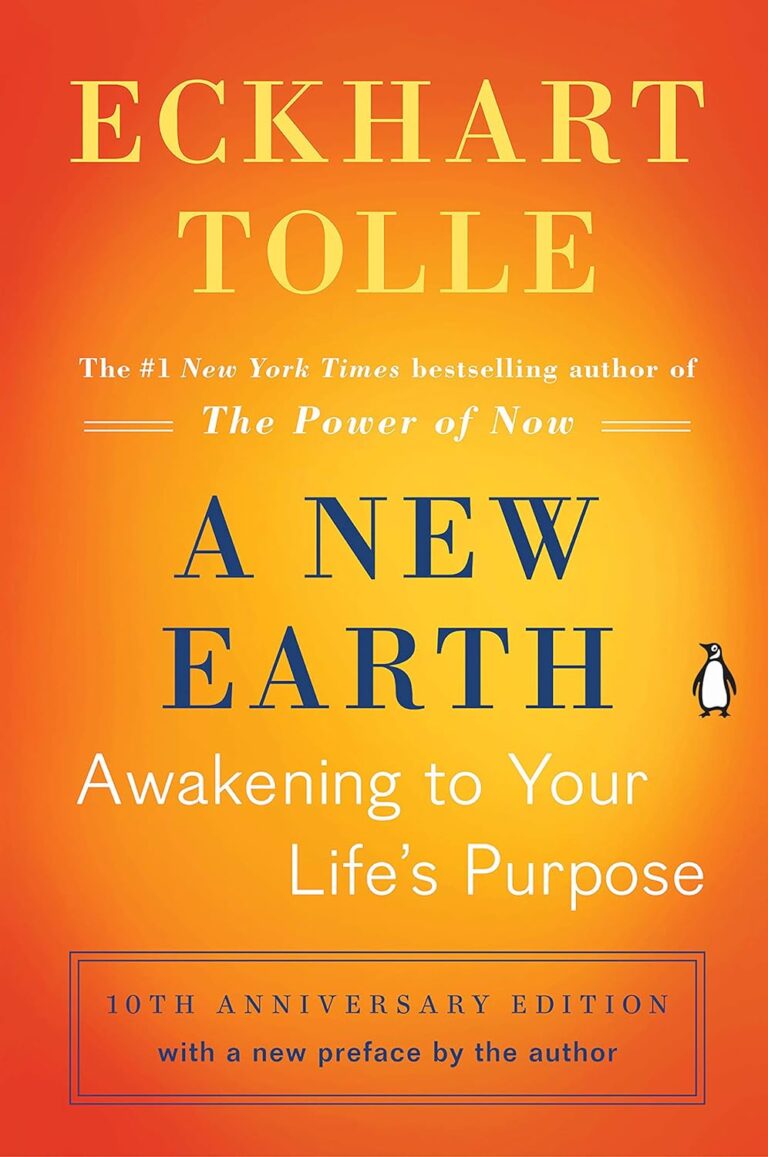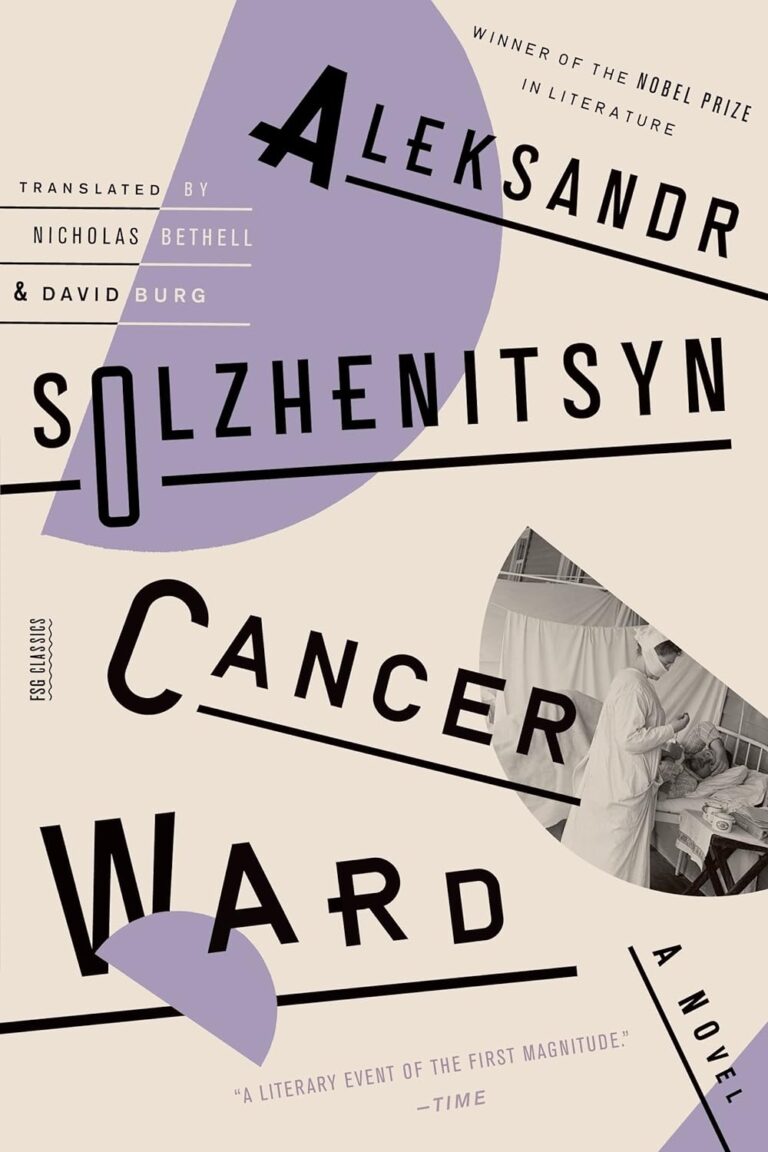
As scientists continue their quest to understand the mechanics of human diseases better, various cutting-edge treatments have emerged. Among them is Androgen Deprivation Therapy (ADT), a pivotal player in the management of specific health conditions, notably prostate cancer. This article underscores the importance of understanding ADT—its objectives, workings, potential side effects, and effectiveness.
Defining Androgen Deprivation Therapy (ADT)
Androgen Deprivation Therapy, known abbreviatedly as ADT, pertains to a treatment primarily designed to diminish the levels of androgens in the human body. Androgens are male sex hormones, the most familiar of which are testosterone and dihydrotestosterone. Although referred to as “male hormones,” they are present in both men and women, albeit at different scales.
Androgens play a fundamental role in the body, facilitating essential processes such as sexual and reproductive function, bone health, muscle mass, and body hair growth. However, when their levels surge excessively, they may stimulate certain diseases by speeding up the growth of abnormal cells.
ADT, therefore, becomes necessary for people grappling with health conditions that thrive on high levels of androgens, notably prostate cancer. By slashing these hormone levels, ADT can curb or slow down disease progression.
Understanding the Purpose and Need for ADT in Disease Management
The frontline application of ADT lies in managing prostate cancer, a malady whose progression is directly fuelled by androgens. By curtailing androgen production or obstructing their receptor sites, ADT can decelerate tumor growth or shrink the tumors altogether, thereby augmenting patients’ quality of life and survival rates.
Apart from prostate cancer, other conditions like certain types of breast cancer, polycystic ovary syndrome (PCOS), and hyperplasia can also benefit from ADT due to their hormone sensitivity.
Different Types of ADT and How They Work
ADT can be executed medically or surgically. Medical ADT employs drugs to control androgen production, and includes methods like hormone therapy, antiandrogens, and gonadotropin-releasing hormone (GnRH) agonists and antagonists. Each approach works uniquely to thwart the androgen production or activity in the body,
Surgical ADT, on the flip side, involves the direct removal of androgen-producing organs like testes through a procedure known as orchiectomy. This is an irreversible, one-time process with the advantage of no need for repeat treatments.
Recent advancements in ADT research are exploring new strategies to make this therapy more efficient and patient-friendly. A prominent example is intermittent ADT, which aims to reduce side effects while retaining treatment effectiveness.
The Process of Undergoing ADT
Before commencing ADT, several diagnostic tests are necessary to ascertain the patient’s health status and suitability for the treatment. These tests generally focus on cancer staging, androgen levels, overall health status and other specifics based on the medical history of the patient.
Once confirmed as suitable, the patient embarks on an ADT regime that largely hinge on the type and size of tumors, treatment goals, and patient preference. ADT treatment could span months or years, encompassing regular monitoring to assess progress.
The specific procedures of ADT treatments vary widely, depending on whether they are medical or surgical. While medical methods require regular drug administrations, surgical ADT entails a one-off orchiectomy surgery.
Get to know us better
If you are reading this, you are in the right place – we do not care who you are and what you do, press the button and follow discussions live

Potential Side Effects and Management of ADT
Like any other medical intervention, ADT has possible side effects. These may include fatigue, hot flashes, reduced sexual desire, erectile dysfunction, memory problems, bone loss, depression, and weight gain. The exact side effects experienced are subject to individual patients and the type of ADT applied.
To manage such side effects, physicians usually propose various coping strategies such as regular exercise, maintaining a healthy diet, emotional therapy, and supplemental treatments like bone-strengthening therapy.
Long-term ADT use may contribute to persistent and potentially more severe side effects such as cardiovascular complications, diabetes, and profound bone loss, necessitating constant monitoring and appropriate intervention.
The Effectiveness of ADT
ADT has shown substantial success in managing prostate cancer and other hormone-sensitive conditions. The terrain of success depends on various variables including disease type and stage, overall health, and treatment goals.
Nevertheless, treatment response varies, hence frequent monitoring and outcome evaluation are vital to ensure optimal benefits from the therapy.
Conclusion
Our understanding of androgen function and ADT’s role has significantly evolved, helping clinicians and patients better navigate therapeutic decisions in hormone-sensitive conditions, particularly prostate cancer. Simultaneously, continuous research is vital to keep advancing ADT treatment, enhancing its efficiency, safety, and patient-friendliness.
FAQs:
- What is the goal of Androgen deprivation therapy (ADT)?
The primary aim of ADT is to inhibit or lower the levels of androgens in the body, thereby stalling the growth and progression of hormone-sensitive diseases, chiefly prostate cancer.
- What kinds of diseases or conditions usually require ADT?
ADT is predominantly applicable in treating prostate cancer. Additionally, it can be deployed in handling other conditions like certain types of breast cancer, PCOS, and hyperplasia, that are also driven by increased androgen levels.
- How does ADT affect the quality of life of patients undergoing treatment?
ADT can significantly improve the quality of life for patients by slowing disease progression, reducing symptoms, and elevating survival rates. However, potential side effects like fatigue, reduced sexual desire, and memory problems may also impact the patients’ lifestyle and emotional well-being.
- Are the effects of ADT permanent or reversible after therapy?
The effects of ADT can be both permanent and reversible. It largely depends on the type of therapy used. For instance, the results of surgical ADT like orchiectomy are permanent, while those of medical ADT are typically reversible following therapy cessation.
- What are the potential risks and side effects associated with the long-term use of ADT?
Long-term use of ADT might escalate to severe side effects, such as profound bone loss, cardiovascular issues, and diabetes. Consequently, patients on ADT have to be under constant observation to interfere with any side effects promptly and effectively.

















Comments
Thank you. Comment sent for approval.
Something is wrong, try again later